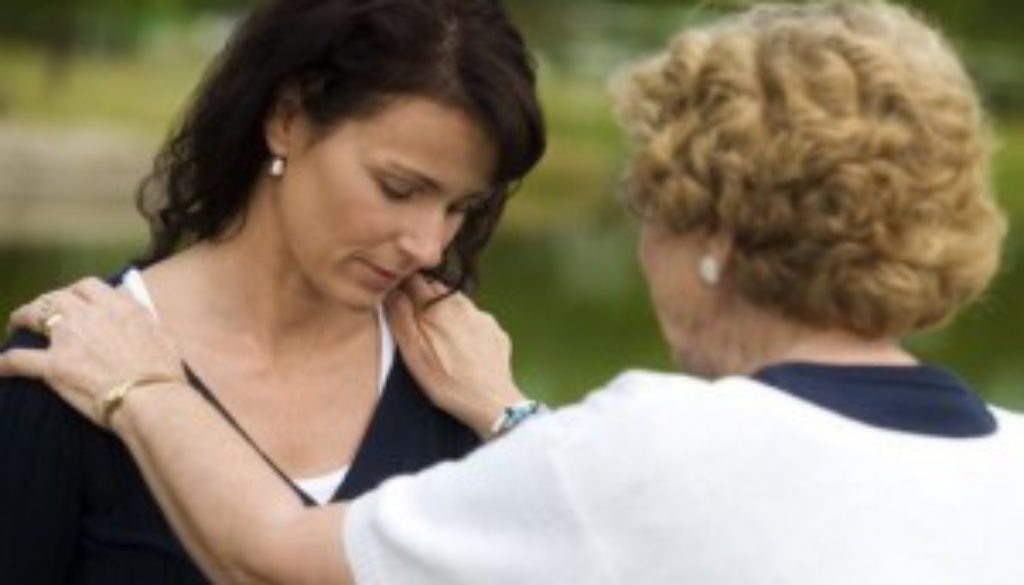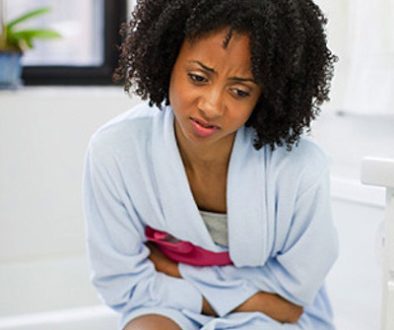Women and Mental Health
Common Mental Health Issues Among Women
 Studies have shown that biological factors do play an important role in mental illness. It’s in fact a critical element in one’s mental health and possible development of mental health disorders. Women have lower serotonin levels than men and also process the chemical at slower rates, which can contribute to fluctuations in mood. Females are generally more predisposed to hormonal fluctuations as well. Biological differences alone can prove key to the development of some mental health issues.
Studies have shown that biological factors do play an important role in mental illness. It’s in fact a critical element in one’s mental health and possible development of mental health disorders. Women have lower serotonin levels than men and also process the chemical at slower rates, which can contribute to fluctuations in mood. Females are generally more predisposed to hormonal fluctuations as well. Biological differences alone can prove key to the development of some mental health issues.
Other Factors Affecting Mental Illness in Women
Aside from gender, women are also largely affected by sociocultural influences and beliefs. Culturally speaking, women have historically been the subordinate gender, putting them in roles as primary caregivers to children and the elderly. Even though gender roles have seen a shift in our culture, with women taking on more powerful careers and men staying at home to take care of children, there is still a big amount of stress placed on women. This stress can lead to depression and panic attacks.
Throughout our society, females have unfortunately been the object of sexualization, whether it be through magazines, movies, television shows, or peer relationships. This frequently negative sexualization can cause problems with the healthy development of self-esteem and self-image among females, as reported by the American Psychological Association. Both of these factors can not only lead to unhealthy self-image but also to shame, depression, anxiety, and stress.
In conjunction with the sexualization of women, violence and sexual abuse are two more important factors contributing to mental health issues in women. Reportedly one in five women is a victim of rape or attempted rape, and females also have a higher instance of experiencing sexual abuse. During civil unrest and violent conflicts, women make up an estimated 80 percent of victims. Indeed, the prevalence of violence against women is cited between 16 to 50 percent over the course of a lifetime.
Mental Illnesses in Women
The World Health Organization cites that women are two times more likely than men to develop certain mental health conditions like depression, eating disorders, and panic disorders. Women are also two to three times more likely to attempt suicide, although four times more men die from suicide.
Symptoms can also differ between men and women, so it’s important to understand the different factors that can contribute to each illness. For example, females tend to report more physical symptoms in relation to mental illness. These can include fatigue, loss of appetite, restlessness, nausea, and headaches.
Some common mental illnesses that affect women are:
Depression
About 12 percent of women experience depression compared to 6 percent of men, making women twice as likely to be affected. Depression is a feeling of overwhelming sadness or melancholy that can be episodic (bouts of depression lasting days, weeks or longer) or chronic (persistent depression). Symptoms can also include loss of interest in daily activities, change in appetite, and a sense of worthlessness. Major depression, bipolar disorder, and postpartum depression are depressive illnesses. Other quick facts about depression:
- Women suffering from depression often turn to alcohol abuse years after the onset of depression.
- Religion and emotional outlets are two places women frequently turn to in order to cope with depression.
- Although women experience depression two times more often than men, the rates of either gender developing bipolar disorder (manic depression) are relatively equal.
Panic disorders
Types of panic disorders include general anxiety disorder (GAD), phobias, post-traumatic stress disorder (PTSD) and social anxiety. Of them, GAD and specific phobias are more prevalent among women. Panic disorders can also develop as a result of or in addition to other illnesses like depression and drug addiction.
- General anxiety disorder (GAD). An estimated 4 million Americans suffer from GAD and women are two times more likely to develop it. Episodes of anxiety can last a few minutes up to a few hours and are usually accompanied by overwhelming feelings of worry, tension, or urgency.
- Post-traumatic stress disorder (PTSD): Resulting from a serious and tragic event, PTSD can affect anyone but women are twice as likely to develop this illness. Because females are often the victims of sexual or physical violence, PTSD can dramatically alter how a woman sees the world and herself. Sexual violence especially impacts the onset of PTSD among women.
Eating disorders
Large contributing factors behind eating disorders are the sociocultural aspects mentioned above. The sexualization of women plays a big role in females developing negative self-image as well as negative body image issues and poor self-esteem. Weight has and may always be an aspect of women’s lives that is scrutinized and placed on a pedestal, so it is no wonder why females feel such pressure to be physically perfect. While eating disorders like anorexia nervosaand bulimia nervosa often develop during the teen years, the onset of such disorders can happen anytime. Of those affected by eating disorders, Everyday Health estimates that women account for 85 percent of bulimia and anorexia cases and approximately 65 percent of binge eating disorders.
Getting Treatment for a Mental Health Disorder
If you or someone you love is going through the pain of a mental illness, don’t wait to seek treatment. Whatever your reason for waiting – maybe it’s “not the right time” or maybe you feel ashamed or scared – understand that the sooner you get help for a mental health disorder, the sooner you can begin a new life free from the constraints of your illness.



